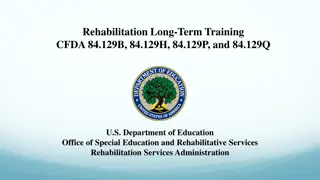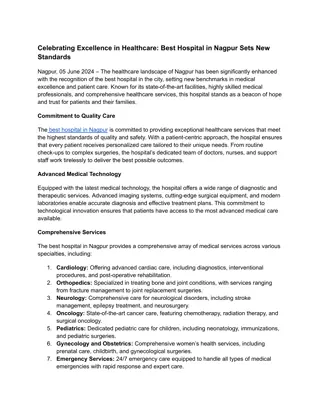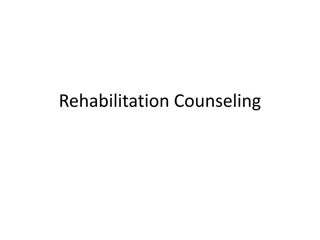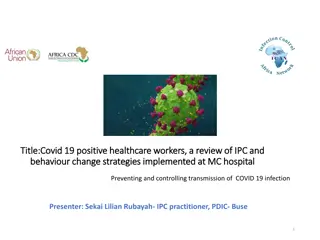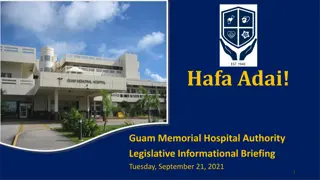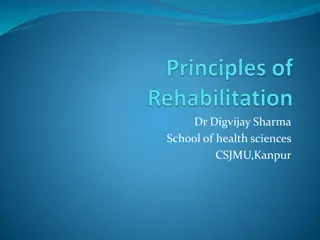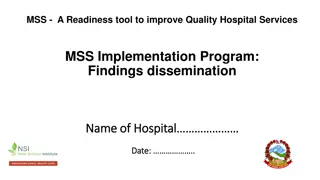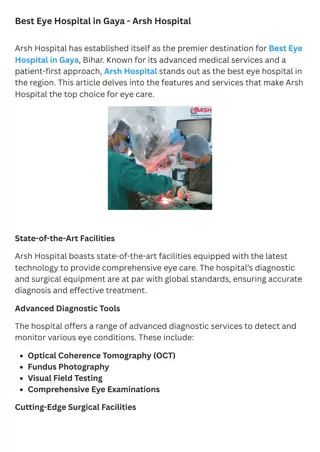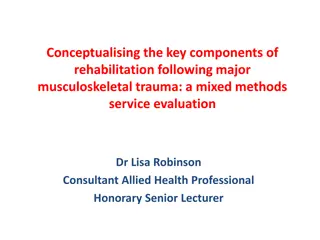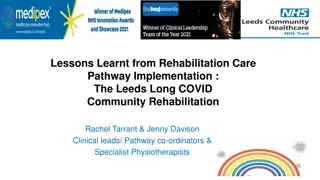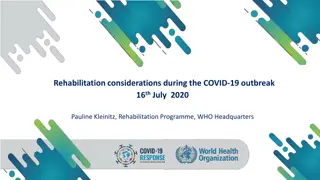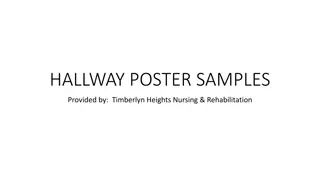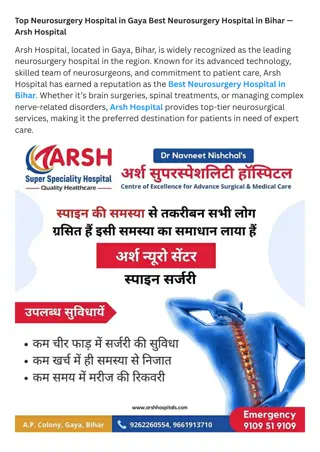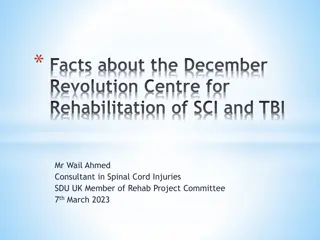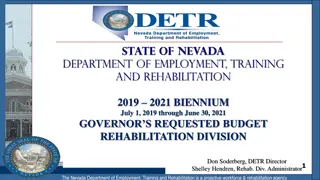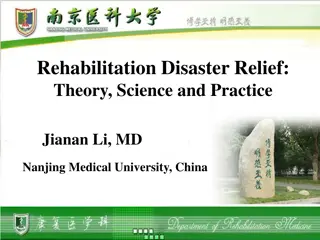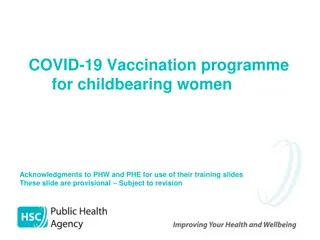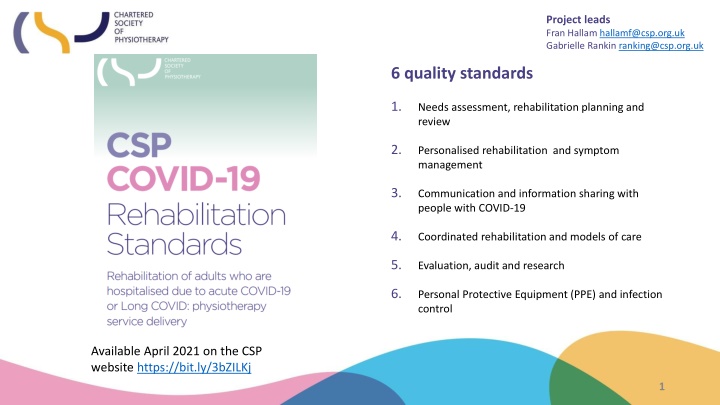
Key Messages on COVID-19 Rehabilitation Standards
Explore key messages on COVID-19 rehabilitation standards including needs assessment, personalized rehabilitation, symptom management, communication strategies, and more. Gain insights on multidimensional care approaches and the latest guidance for healthcare professionals.
Download Presentation

Please find below an Image/Link to download the presentation.
The content on the website is provided AS IS for your information and personal use only. It may not be sold, licensed, or shared on other websites without obtaining consent from the author. If you encounter any issues during the download, it is possible that the publisher has removed the file from their server.
You are allowed to download the files provided on this website for personal or commercial use, subject to the condition that they are used lawfully. All files are the property of their respective owners.
The content on the website is provided AS IS for your information and personal use only. It may not be sold, licensed, or shared on other websites without obtaining consent from the author.
E N D
Presentation Transcript
Project leads Fran Hallam hallamf@csp.org.uk Gabrielle Rankin ranking@csp.org.uk 6 quality standards 1. Needs assessment, rehabilitation planning and review 2. Personalised rehabilitation and symptom management 3. Communication and information sharing with people with COVID-19 4. Coordinated rehabilitation and models of care 5. Evaluation, audit and research 6. Personal Protective Equipment (PPE) and infection control Available April 2021 on the CSP website https://bit.ly/3bZILKj 1
Whats included? Key principles of delivering physiotherapy/rehabilitation for people with acute COVID-19 and Long COVID in a hospital setting. The latest national guidance, government regulations, emerging evidence, expert opinion and lived experiences of people with COVID-19 Definition and description of acute and Long COVID, different classifications and the latest data on prevalence. 6 standards 2
K Key messages: standard 1 ey messages: standard 1 1. Needs assessment, rehabilitation planning and review Highlights: - multidimensional, fluctuating nature and varying presentations of COVID-19 - importance of clinical screening tools, ongoing assessment and monitoring response to rehabilitation Defines post-exertional malaise Suggests functional screening tools Recommends a holistic and multidisciplinary (MDT) approach. 3
Key messages: standard 2 Key messages: standard 2 2. Personalised rehabilitation and symptom management Highlights: - importance of patient self-monitoring and self-management - principles of pacing and energy management Signposts to further information about rehabilitation, exercise and fatigue management Recommends timing, intensity and frequency is flexible to clinical and personalised needs. 4
Key messages: standard Key messages: standard 3 3 3. Communication and information sharing with people with COVID- 19 Highlights importance of consistent and appropriate terminology Recommends: - personalising communication to support shared decision making - utilising technology where appropriate. 5
Key messages: standard Key messages: standard 4 4 4. Coordinated rehabilitation and models of care Highlights: - national guidance on models and clinics for Long COVID - importance of coordination within MDTs, across all relevant settings and services Recommends development and delivery of clearly defined, equitable rehabilitation models. 6
Key messages: standard Key messages: standard 5 5 5. Evaluation, audit and research Recommends: - robust systems of data collection and monitoring for local, regional and national evaluation - sharing of good practice, knowledge and lessons learnt Highlights importance of: - co-production in service design, development and evaluation - patient expertise, knowledge and experience contributing to the evidence base. 7
Key messages: standard Key messages: standard 6 6 6. Personal Protective Equipment (PPE) and infection control Highlights latest guidance on PPE, risk assessment and training 8

